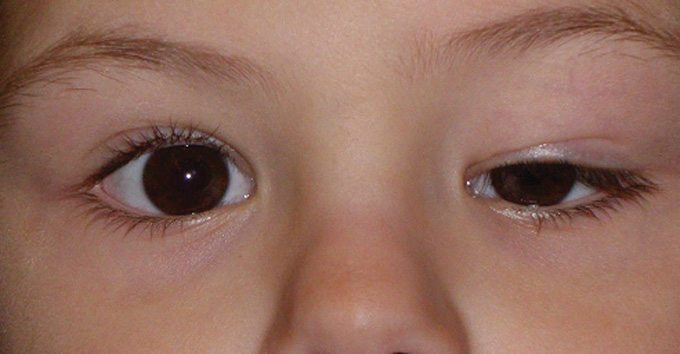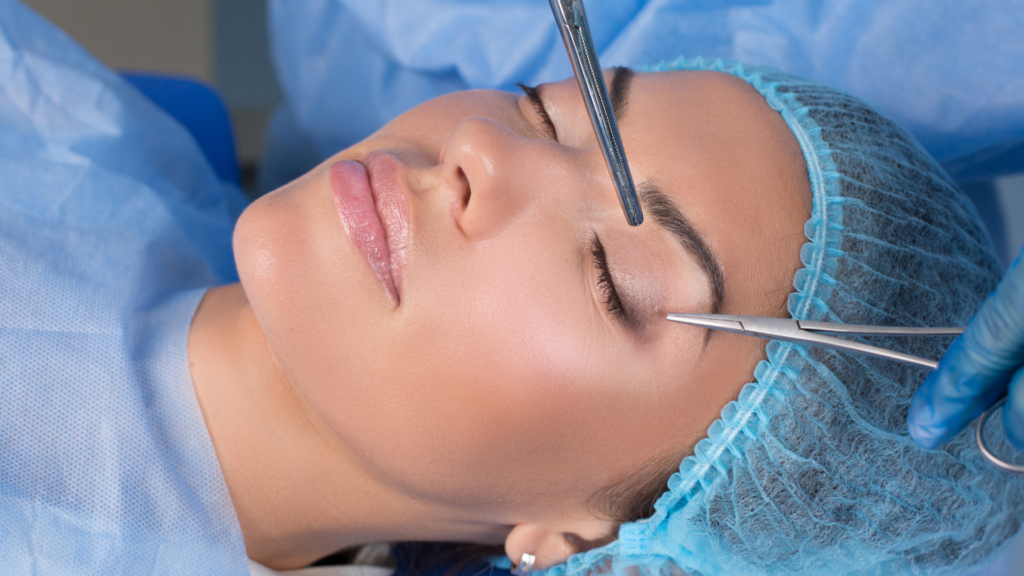Best Mass Excision Surgery In D.N Nagar, Andheri, Mumbai
Excision of masses refers to the surgical removal of cysts, tumors or other tissue masses. General surgeons have the capability to remove tissue masses from most parts of the body.
Mass Excision
- local or general anesthesia may be used
- surgeon makes an incision in the skin over the location of the mass
- a scalpel or other surgical instrument is used to remove the tissue mass
- surgeon closes the incision with stitches

Ptosis
What is ptosis (drooping eyelid)?
“Ptosis” means drooping. When the upper eyelid droops, it is called blepharoptosis, or upper eyelid ptosis.
SYMPTOMS AND CAUSES
Why do people get ptosis (drooping eyelid)?
There are several reasons an eyelid might droop. Some babies are born with ptosis in one or both eyelids. These children must have a thorough eyelid examination.
Ptosis can occur later in life if the muscles or ligaments that normally raise the eyelid are weakened by injury or disease. Sometimes the drooping is a result of damage to the nerves that control the eyelid muscles.
Most ptosis just happens with aging. As a person ages, the skin and muscles of the eyelids stretch and weaken. Sometimes, previous eye surgery speeds up this change because the instruments used to keep the eye open during surgery can stretch the eyelid.

MANAGEMENT AND TREATMENT
How is ptosis (drooping eyelid) treated?
Treatment usually depends on how well the eyelid muscles are functioning. If the ptosis does not affect vision and the patient does not mind the appearance, the doctor might recommend no treatment at all.
If the ptosis causes a problem with vision, appearance, or both, it may need to be treated. The type of treatment depends on whether the ptosis is caused by a disease or by aging. Treating ptosis caused by aging usually involves surgery.
What happens during surgery for ptosis?
Ptosis surgery is performed under local anesthesia with sedation (the patient is awake but does not feel the procedure). The types of surgery to repair the droopy lid include the following:
- The surgeon makes an opening in the skin of the upper eyelid. This allows the surgeon to find the small muscle that raises the eyelid. The surgeon places stitches to tighten this muscle and raise the eyelid. The incision in the skin of the eyelid is then closed with more stitches.
- The surgeon can perform the entire surgery from underneath the eyelid. In this case, the eyelid is flipped and the muscle is tightened from underneath. No skin incision is required for this approach.
After surgery, the doctor will explain how to take care of the eye. It is important for the patient to come back to the doctor after surgery so the results can be checked.
Appointments are usually scheduled for several days to one week after surgery.
Sometimes, the eyelid might still droop a little bit or the eyelid might not close all the way. If the doctor notices this, additional treatment might be recommended. Usually, however, the eyelid is in a better position soon after the operation.
Best Blepharoplasty Surgery In D.N Nagar, Andheri, Mumbai
Blepharoplasty (BLEF-uh-roe-plas-tee) is a type of surgery that removes excess skin from the eyelids. With age, eyelids stretch, and the muscles supporting them weaken. As a result, excess skin and fat can gather above and below your eyelids. This can cause sagging eyebrows, droopy upper lids and bags under the eyes.
Besides aging, severely sagging skin around the eyes can reduce side vision (peripheral vision), especially the upper and outer parts of the visual field. Blepharoplasty can reduce or get rid of these vision problems. The surgery can also make eyes look younger and more alert.
Learn how blepharoplasty is done and about the benefits and risk of the procedure.
Why it’s done?
Blepharoplasty might be an option for:
- Baggy or droopy upper eyelids
- Excess skin of the upper eyelids that partially blocks peripheral vision
- Excess skin on the lower eyelids
- Bags under the eyes
Blepharoplasty can be done at the same time as another procedure, such as a brow lift, face-lift or skin resurfacing.
Insurance coverage might depend on whether the surgery repairs a condition that harms vision. Surgery only to improve appearance probably won’t be covered by insurance.

Risks
All surgery has risks, including reaction to anesthesia and blood clots. Besides those, rare risks of eyelid surgery include:
- Infection and bleeding
- Dry, irritated eyes
- Difficulty closing the eyes or other eyelid problems
- Noticeable scarring
- Injury to eye muscles
- Skin discoloration
- Temporarily blurred vision or, rarely, loss of eyesight
- The need for follow-up surgery
How you prepare?
Before scheduling blepharoplasty, you’ll meet with a health care provider. Providers you meet with may include a plastic surgeon, an eye specialist (ophthalmologist), or an ophthalmologist who specializes in plastic surgery around the eyes (oculoplastic surgeon). The discussion includes:
- Your medical history. Your care provider will ask about previous surgeries. Your provider may also ask about past or current conditions such as dry eyes, glaucoma, allergies, circulatory problems, thyroid problems and diabetes. Your provider will also ask about your use of drugs, vitamins, herbal supplements, alcohol, tobacco and illegal drugs.
- Your goals. A discussion of what you want from the surgery will help set the stage for a good outcome. Your care provider will discuss with you whether the procedure is likely to work well for you.
Before your eyelid surgery, you’ll likely have a physical exam and the following:
- Complete eye exam. This might include testing tear production and measuring parts of the eyelids.
- Visual field testing. This is to see if there are blind spots in the corners of the eyes (peripheral vision). This is needed to support an insurance claim.
- Eyelid photography. Photos from different angles help with planning the surgery, and documenting whether there’s a medical reason for it, which might support an insurance claim.
And your provider will likely ask you to do the following:
- Stop taking warfarin (Jantoven), aspirin, ibuprofen (Advil, Motrin IB, others), naproxen sodium (Aleve, others), naproxen (Naprosyn), and other drugs or herbal supplements that can increase bleeding. Ask your health care provider how long before surgery to stop taking these drugs. Take only drugs approved by your surgeon.
- Quit smoking several weeks before surgery. Smoking can reduce the ability to heal after surgery.
- Arrange for someone to drive you to and from surgery if you are having outpatient surgery. Plan to have someone stay with you for the first night after returning home from surgery.
What you can expect
Before the procedure
Blepharoplasty is usually done in an outpatient setting. You might be given drugs such as injections into the eyelids to numb them and drugs through an IV to help you relax.
During the procedure
For upper eyelids, the surgeon cuts along the fold of the eyelid. The surgeon removes some excess skin, muscle and possibly fat. Then the surgeon closes the cut.
On the lower lid, the surgeon makes a cut just below the lashes in your eye’s natural crease or inside the lower lid. The surgeon removes or redistributes excess fat, muscle and sagging skin. Then the surgeon closes the cut.
If your upper eyelid droops close to your pupil, your surgeon may do blepharoplasty combined with a procedure called ptosis (TOE-sis). Ptosis is designed to lift the eyelid as well as remove excess eyelid skin.
After the procedure
After surgery you spend time in a recovery room where staff members monitor you for complications. You can leave later that day to heal at home.
After surgery you might temporarily have:
- Blurred vision from the lubricating ointment applied to your eyes
- Watering eyes
- Light sensitivity
- Double vision
- Puffy, numb eyelids
- Swelling and bruising similar to having black eyes
- Pain or discomfort



